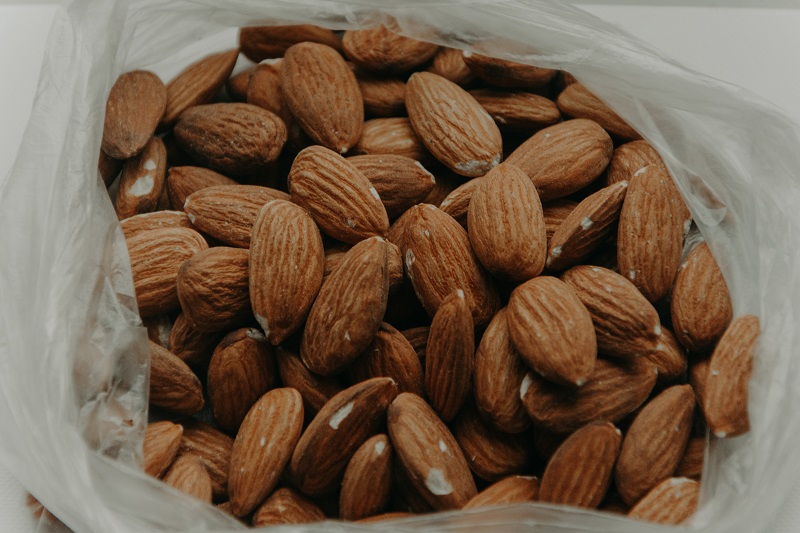Why the Future Is Bright for Investing in Ag Tech

Technology is constantly evolving and making its way into different industries. In the motor industry, companies like Tesla are working on self-driving cars, while the COVID-19 pandemic forced the health care industry to change the way appointments were handled. Another industry seeing the growing influence of technology is agriculture. When these forces are combined, it’s known as ag tech.
Ag tech is when farmers use software and hardware to improve efficiency, reduce waste and provide better yields. Advanced machinery can improve farming techniques, from sensors that monitor changes in their environment to robotics that act as harvesters. In basic terms, different types of agriculture equipment are combined with technology to assist farmers.
Farm Tech Investing Reaching New Heights
In the past, investors were hesitant to get involved in ag tech, believing that the industry would not provide reasonable returns on their investments. However, recent technological developments have made ag tech explode in popularity.
In 2019, the sector received $3.4 billion in investments and by 2021, it reached a record of almost $5 billion. 2022 was another successful year as funding increased by 15%, which amounted to $7.5 billion dollars and over 655 venture capital funding deals.
Why Is There More Investment in the Industry?
There are several factors influencing ag tech’s increase in popularity. One factor is COVID-19 — the virus has had a huge impact on the food sector, which directly affects the supply chain. The pandemic slowed food production and transportation. To improve the availability of food, many countries began looking for different ways to increase food production with technology.
Another reason is a change in consumer habits. Younger generations, like Millennials and Gen Zers, are much more concerned with what they eat and how their food is produced than people in previous decades. That means companies have started adapting to the change and finding creative ways to produce food.
Consumers increasingly want sustainably-produced foods that are grown without chemicals and different pesticides. For this reason, vertical farming, fermentation and genetics have started to make more of an appearance. Investments in the use of vertical farming — which requires recent AgTech developments — have been on the increase ever since.
Looking up at Vertical Farming
Vertical farming is exactly what it sounds like. The concept behind this technique is to grow crops by stacking them in levels instead of growing them horizontally on the ground. While this might sound like a small change, it has had a huge impact on farming.
Surprisingly, vertical farming is not a new concept — societies like the Aztecs have used similar methods for centuries. Incorporating the vertical farming technique has many different benefits for farmers. By stacking crops on top of each other, farmers can produce more food while utilizing less land than the traditional way requires.
While the concept may be simple, the means require advanced systems and constant monitoring. A farmer using this technique needs to pay careful attention to the balance between light, artificial temperature, humidity control and water. Otherwise, the farm is at risk of losing the entire crop.
Types of Technology in the Ag Tech Sector
Sensors and robotics are just two examples of the technology used in the ag tech sector — there are many other tools as well. Let’s take a look at some of the different technologies that are being used in the industry:
- Augmented reality: Augmented reality devices can give the farmer an in-depth view of everything going on at their farm, from crop progress to pest infestations. This technology can also be used to monitor production quality and teach farmers how to use equipment while minimizing injuries.
- Autonomous machines: Tractors, cultivators, and other machines can function independently, free from constant human input.
- Advanced analytics: This tool provides the user with different types of large data sets that farmers can use for several applications, such as predicting the weather. More information helps farmers plan their crops better.
- Sensors: Sensors help with decision-making by showing the farmer what is happening — factors like moisture levels, plant health, and water storage levels. Implementing this technology can help reduce waste and lower labor costs.
Benefits of Ag Tech
Here is a list of some of the benefits technology brings to the agriculture industry.
- Save time and money: When more data is available to farmers, they can make more impactful decisions that produce better yields for their crops. Agricultural leaders are in a better position to see exactly what is going on and what needs to be improved.
- Use less water: The agriculture industry uses a lot of water. Smart irrigation technology can more accurately predict how much water crops need, ensuring there is less waste.
- Automatic harvesting: Crops can be harvested with automated machines rather than humans, which allows farmers to focus on other areas of the farm that require a human touch.
Ag tech is a growing industry that doesn’t show any signs of slowing down. With all the benefits farm tech has to offer, it’s clear why so many farmers are adopting new technology and investors are increasingly supporting the industry.










